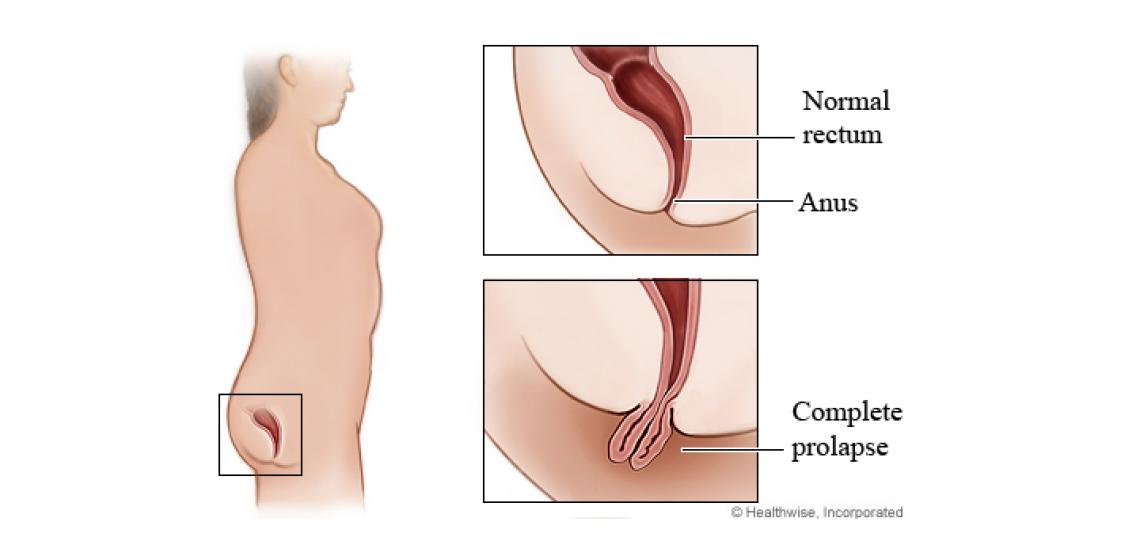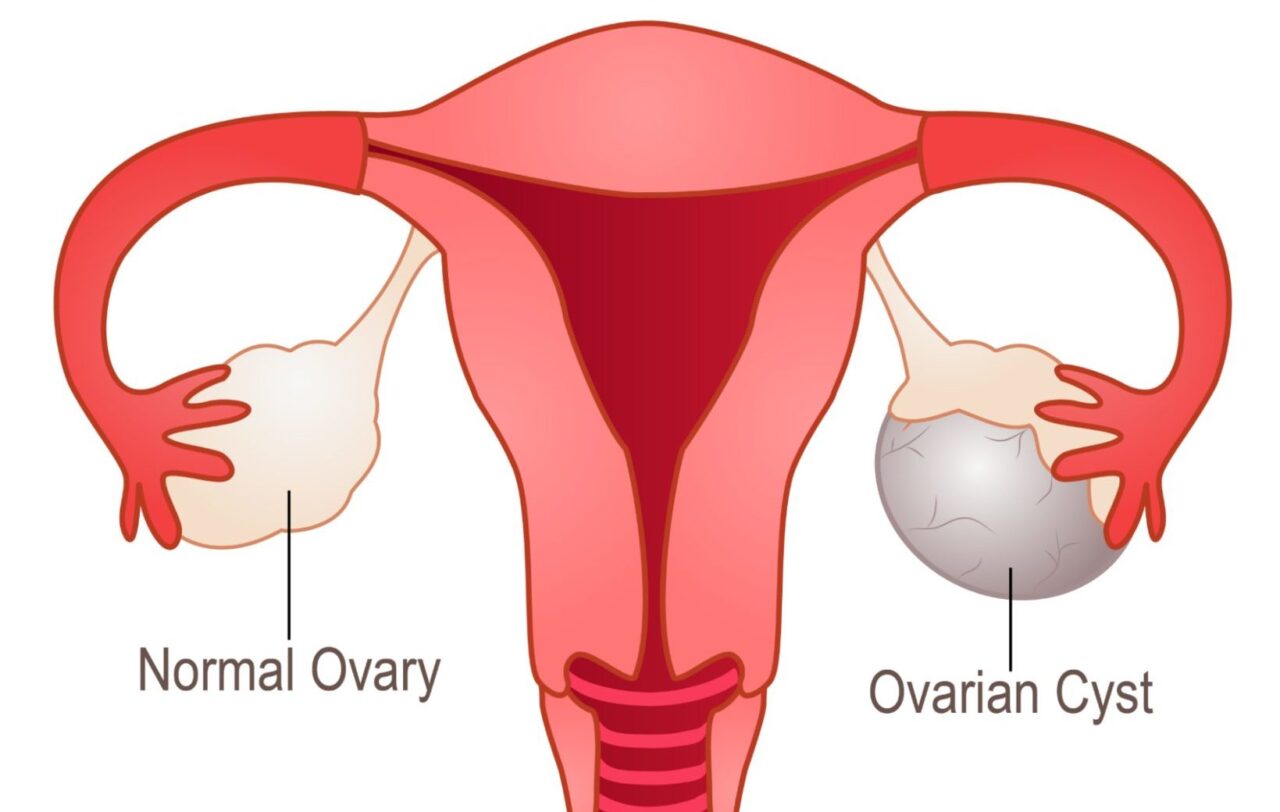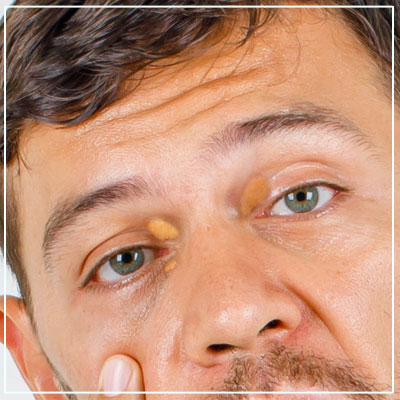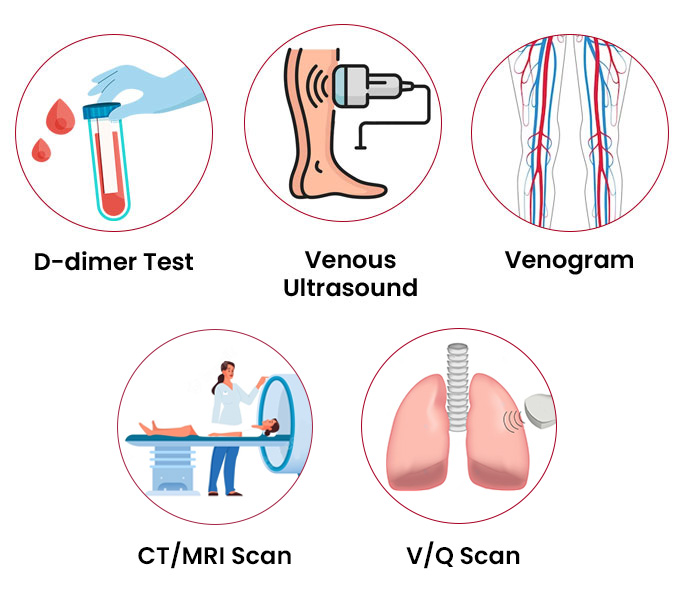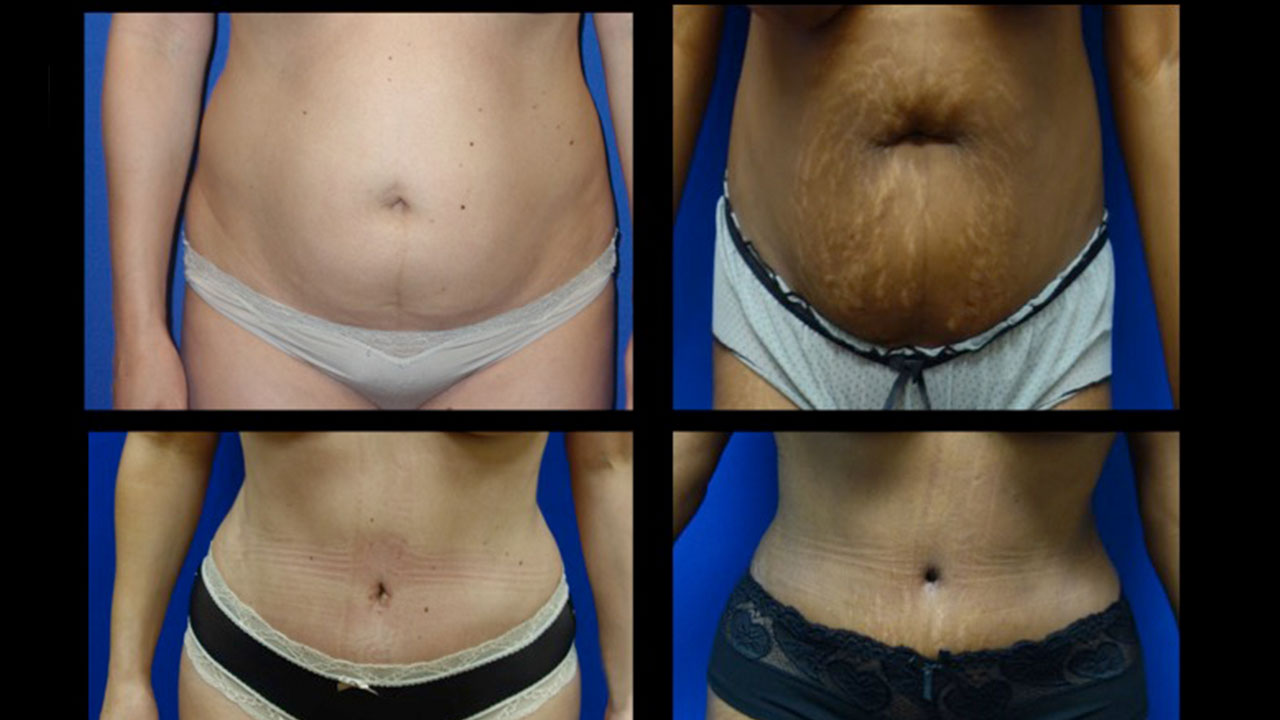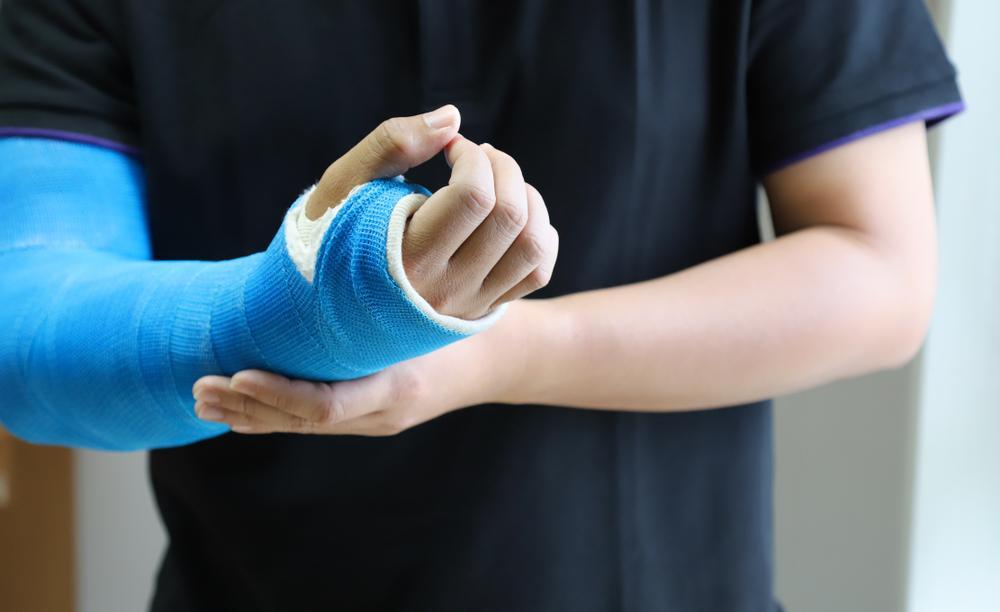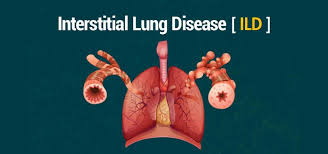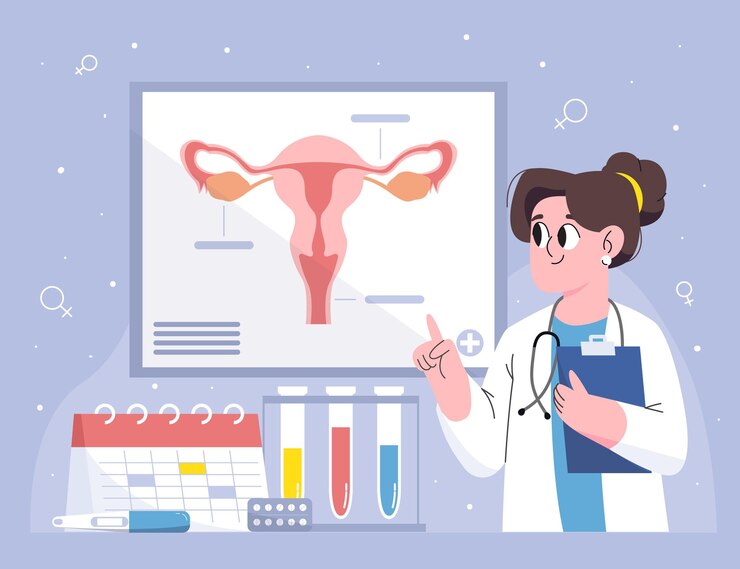How do I know if my breast implants need to be replaced or removed?
Determining whether your breast implants need to be replaced or removed involves a combination of self-awareness, regular check-ups with your surgeon, and, in some cases, diagnostic imaging. Here are some signs and considerations to help you assess the condition of your breast implants: 1.Regular Self-Examination: Perform regular self-examinations to check for changes in the shape, […]

